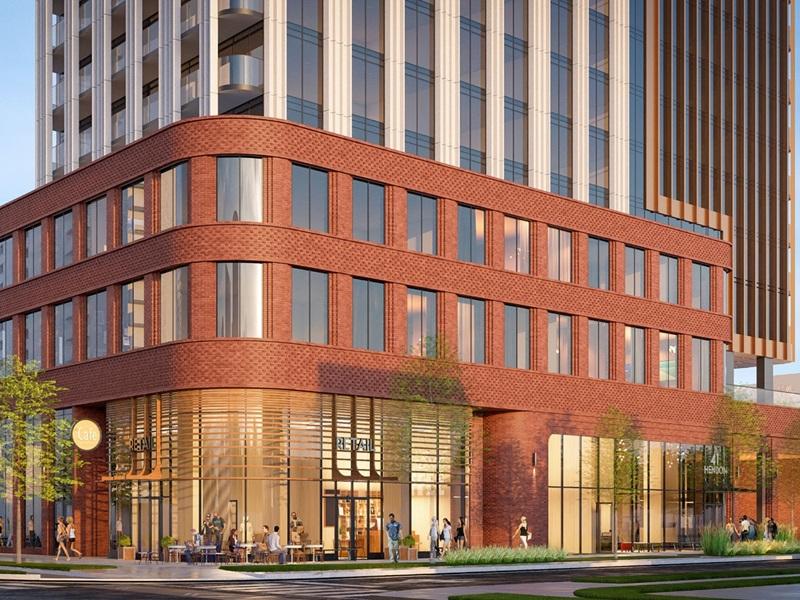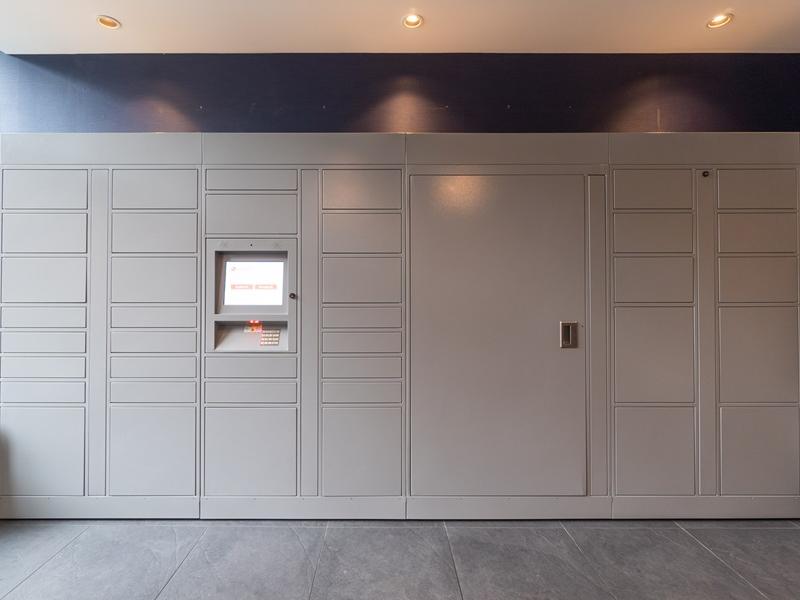
Updated Canadian government policies to reduce new non-permanent residents and lower permanent immigration over the next few years shouldn’t have a major impact on the Canadian real estate industry, according to a report from GWL Realty Advisors (GWLRA).
Canada’s population could decline by 0.2 per cent in each of 2025 and 2026 if the federal government carries through on all the plans in its Oct. 24 policy announcement. These moves should restore Canada’s average population growth rate to the long-term average of 1.1 per cent after major spikes saw the rate rise by nearly three per cent from 2022 to mid-2024.
“We think the metros that have more non-permanent residents in them are going to see a bigger impact,” GWLRA vice-president of research services and strategy Wendy Waters told RENX. “That would be Toronto, Vancouver and Montreal.”
Calgary and Edmonton haven't been as reliant on non-permanent resident flows, Waters added, so there’s expected to be less of an impact on their populations.
“One of the reasons for the change in the temporary foreign worker allocations is that the Canadian economy is softening,” said Waters. “There's lots of talk that we've been in a per-capita recession and the unemployment rate is rising.”
Reducing the population could put further downward pressure on the economy.
A slowing economy will likely result in lower interest rates, which should encourage construction of rented and owned housing. This will help stabilize rents and prices and make welcoming more immigrants possible in future years.
Impact on residential rents
The average monthly residential rent in Canada dropped by 1.2 per cent from September to October to $2,152, according to Rentals.ca. That figure also marked the first year-over-year decline in rent prices since July 2021.
Residential rent declines were mainly focused in larger cities in Ontario and British Columbia, as well as in Calgary and Montreal. Many smaller and more affordable markets continued to post strong rent increases.
Waters expects this general softening of residential rent growth rates to continue.
“There's going to be a little bit of a softening of rent in some places, and in other places maybe not, depending on flows of other types of Canadians and temporary and permanent residents,” she said.
These rent decreases come after more than three years of major increases. The average monthly rent was well below $1,700 in Q2 2021.
“Some of the correction is really just where rents should have been, had we had a more measured increase in population,” Waters observed.
Impact on CRE, investment
A softening economy with fewer people will likely mean fewer goods being consumed, which could impact both the industrial and retail sectors.
“Temporary foreign workers probably aren’t consuming luxury goods, but they’re consuming the regular things that all of us need to survive,” said Waters. “That's going to mean less growth in industrial most likely, or certainly you'll have some pressure on industrial related to essential consumer goods.”
While this may not result in a contraction of leased space or negative absorption, it could slow the demand for industrial space and some retail nodes.
Office absorption has been ticking upward again, but is unlikely to experience any major immigration-related shift.
“Non-permanent residents, we don't believe, are a significant source of office workers,” Waters said. “If they're coming from international they're coming in on the permanent residency stream, or maybe with a Canadian university degree and then switching from being a temporary resident to a permanent resident on the basis of having their university degree and getting hired in Canada.”
Waters doesn’t expect there to be a lessening in investor confidence in Canadian commercial real estate due to changes in immigration policies.
“Will there be individual real estate projects that might be impacted by this?,” she asked. “I'm sure there will be, but we don't see that as a portfolio-wide or a long-term investment concern.”
Given Canada’s stable long-term population growth and relative political and economic stability, Waters doesn’t think international investors will be overly concerned, either.
Still a need for immigrants
The Canadian Construction Association just called on the federal government to grow the construction workforce to address critical labour shortages, and developers have been asking for the same thing.
“We've looked at all the different Canadian government policies and there's not an upper limit on construction workers,” Waters said. “There are a lot of streams, both non-permanent and permanent, for construction workers to come to Canada.”
Waters believes the federal government supports allowing more skilled tradespeople into Canada, but she said it must be done “in a systematic way and with some process” to avoid abuse of the system.
Healthcare workers are another group without immigration limits, according to Waters, and there’s still a need for more of them in Canada.
“We can't just turn off immigration until we build more housing, because then we will not have enough healthcare workers . . . and it's not just doctors and dentists, but you need dental hygienists, lab technicians, X-ray technicians and pharmacists.
“The entire health ecosystem depends on international people to come in because we just don't train enough in Canada and we have an aging population and people retiring.”









